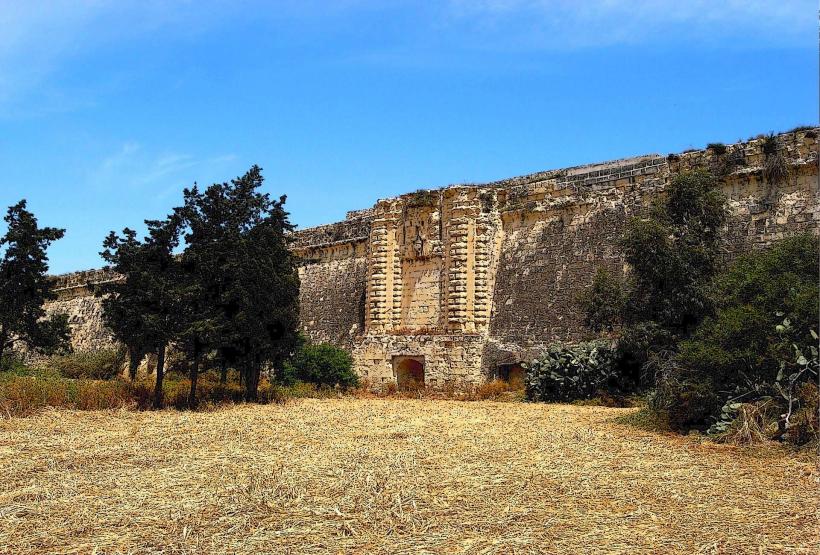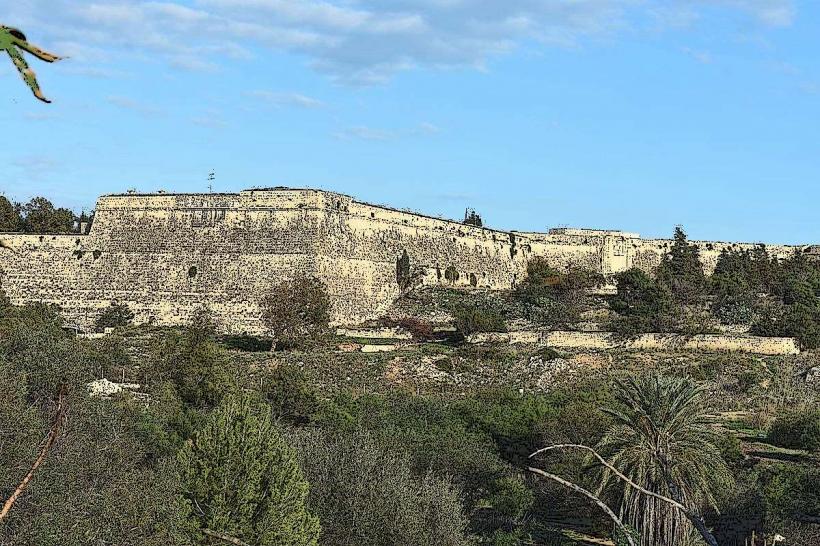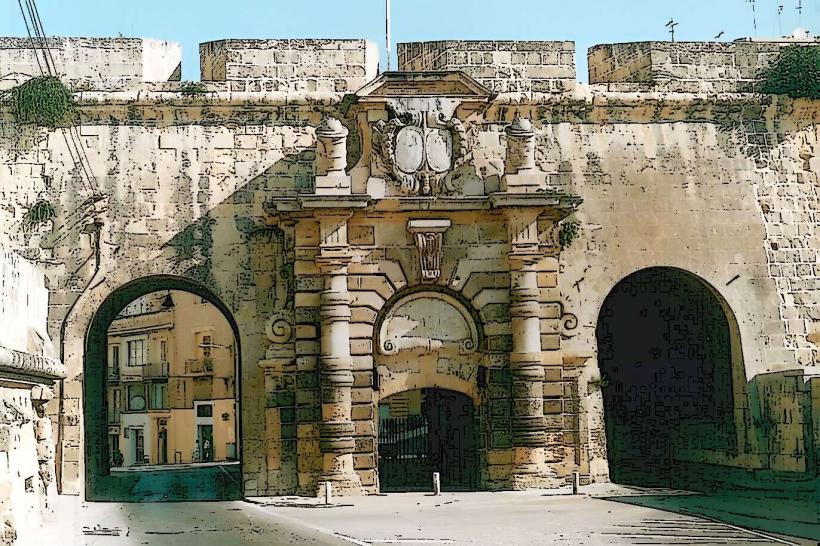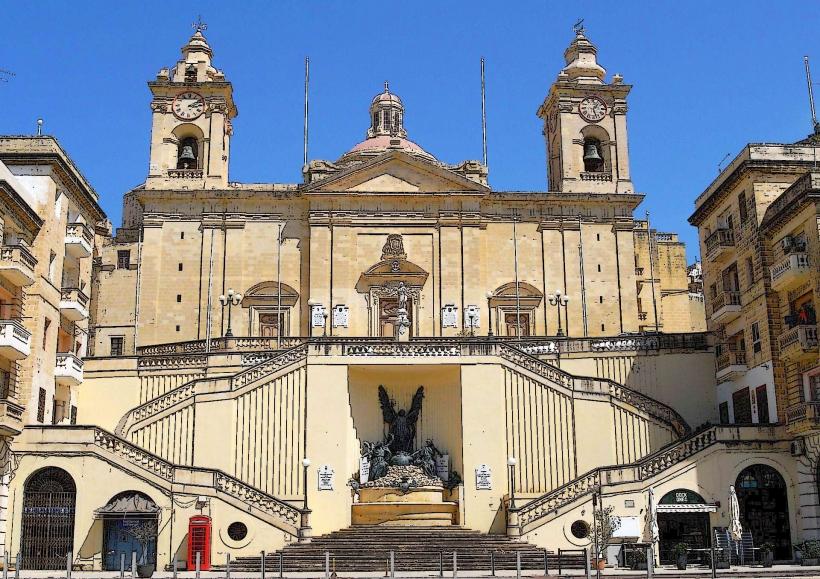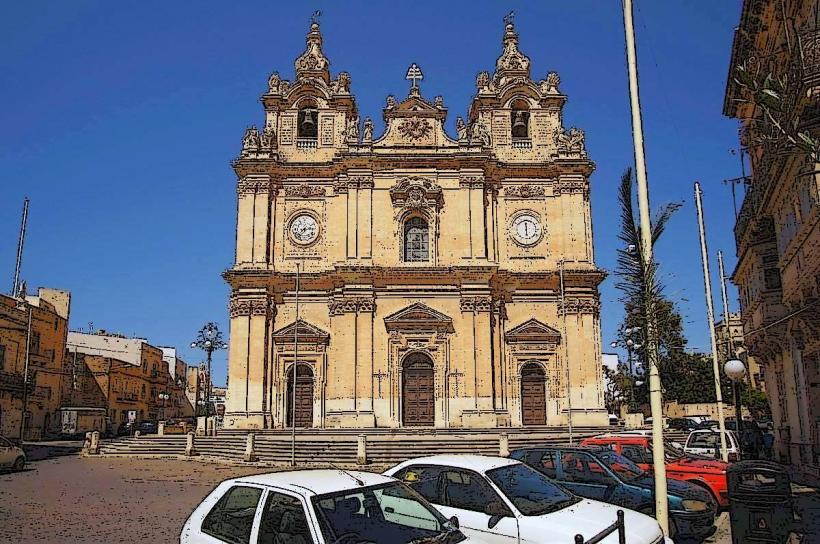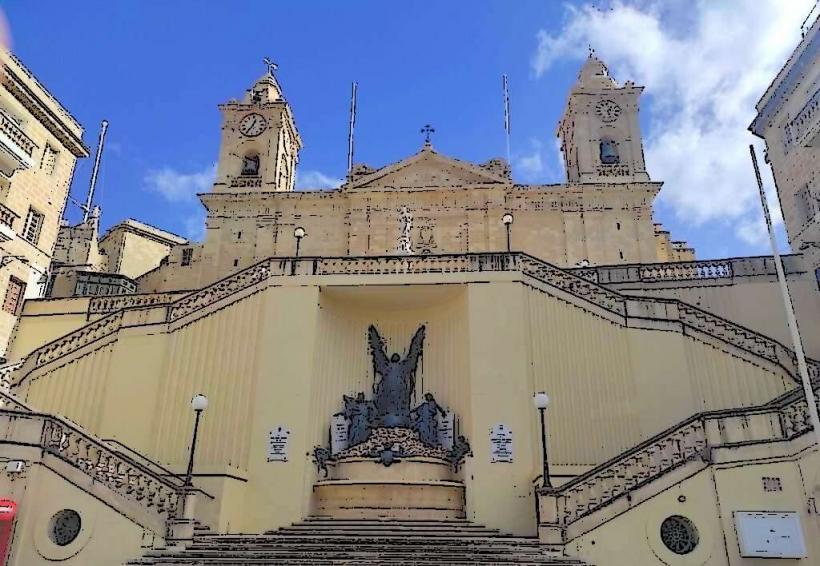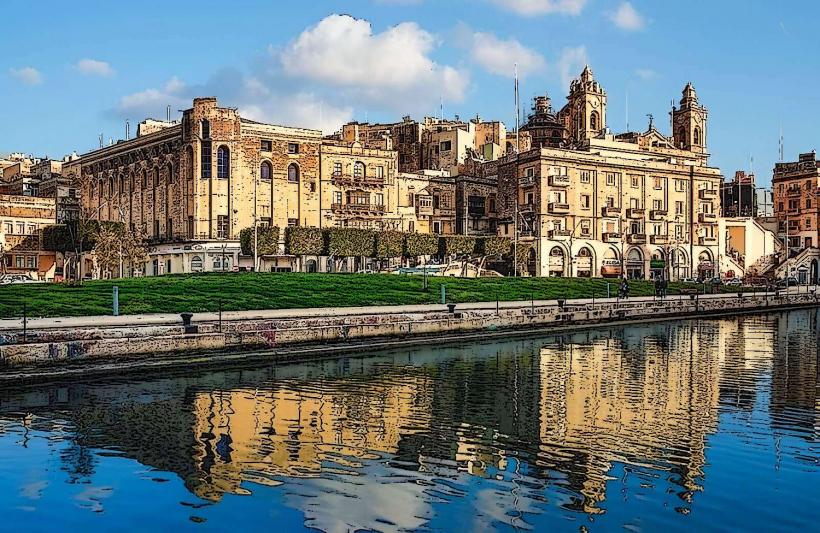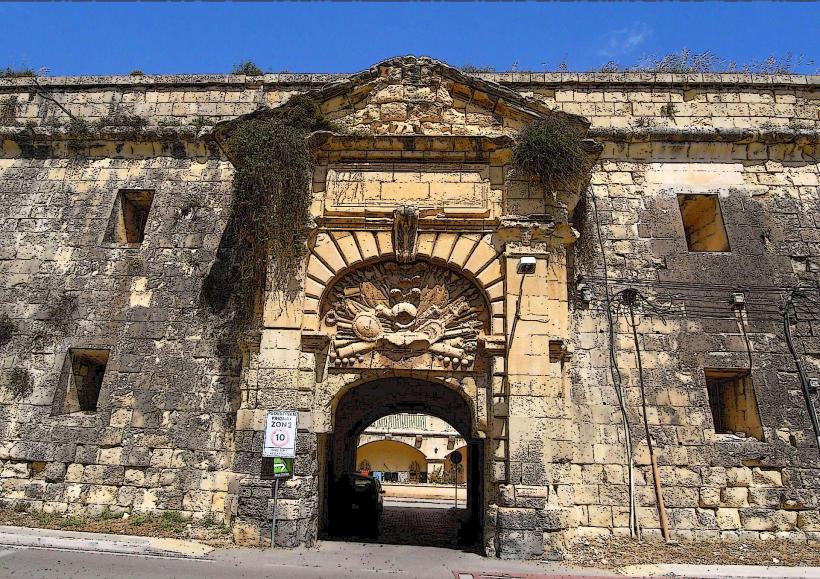Information
Landmark: Notre Dame GateCity: Cospicua
Country: Malta
Continent: Europe
The Notre Dame Gate is an iconic historical gate located in the area of Floriana, Malta. It is one of the main entrances to the area and is part of the broader fortifications surrounding the city of Valletta and the Grand Harbour.
Historical Background
Construction and Purpose:
- The Notre Dame Gate was constructed in the early 18th century, around the same time as the development of the Floriana area, which was designed as a buffer zone between Valletta and the surrounding countryside. It is part of the fortification system built by the Knights of St. John after the Great Siege of 1565.
- The gate itself served as an entrance to Floriana, a town that was strategically important for the Knights of St. John. Floriana was originally planned as a defensive extension of Valletta, intended to provide an additional layer of protection for the city and the Grand Harbour. The gate also allowed controlled access to the surrounding gardens, fortifications, and military structures.
Strategic Importance:
- The Notre Dame Gate played a key role in controlling access to the city. As part of the defensive walls, it was designed to withstand attacks and protect the inhabitants of Floriana and the surrounding areas from potential invaders.
- It was an essential feature of the fortifications around Valletta, which were developed to enhance Malta's defense against the Ottoman Empire and other maritime powers during the time of the Knights of St. John.
Architectural Features
Design and Structure:
- The Notre Dame Gate features a baroque-style design, characteristic of the period in which it was built. Baroque architecture in Malta often combines military utility with elements of grandeur, and the Notre Dame Gate is no exception.
- The gate is made of limestone, which is common in many of Malta's fortifications and monuments, giving it a durable and timeless appearance.
- The gate features semicircular arches, with a simple yet elegant stonework design. The ramparts and bastions surrounding the gate give it an imposing presence, fitting for the strategic military importance it held.
Symbolism and Decorations:
- The gate is adorned with several decorative elements, including a coat of arms of the Knights of St. John and the Order's motto. The symbolism represents the authority and military power of the Knights, as well as their commitment to the defense of Malta.
- Over time, additional embellishments were added to the gate, including statues and commemorative plaques, highlighting the gate's role in the island's history.
Location and Surroundings:
- The Notre Dame Gate is situated at the boundary of Floriana, near the entrance to the Gardjola Gardens and other significant sites, such as Fort St. Elmo and Valletta’s City Gate. Its location provides a clear viewpoint over the Grand Harbour, allowing both for defense purposes and a strategic vantage point.
Cultural and Heritage Value
Part of the Maltese Fortification System:
- The Notre Dame Gate is part of the larger fortification network of Malta, contributing to the island's reputation as a fortified stronghold in the Mediterranean. This network was vital for defending Malta against foreign invaders during the Knights of St. John period and later under British rule.
- As part of the Maltese heritage, it is an important historical site that represents the military engineering and defensive strategies of the period.
Symbol of Floriana’s Role in Maltese Defense:
- Floriana, where the Notre Dame Gate is located, has long been a key player in Malta’s military history. As the town was designed for defense and military purposes, the gate stands as a symbol of its strategic importance.
- Over the years, Floriana has grown from a military base to a bustling residential and commercial area, but the Notre Dame Gate continues to represent its origins as a defensive stronghold.
Tourism and Accessibility
A Historic Landmark:
- The Notre Dame Gate is a significant landmark for visitors exploring the Three Cities and Valletta. Its location, at the crossroads between these important historical areas, makes it an accessible point of interest for tourists.
- It is easily reachable by public transport, as well as by walking from nearby areas like Valletta or the Grand Harbour. Visitors can explore the nearby Gardjola Gardens, offering scenic views and insights into the historical context of the gate.
Integration into Malta’s Cultural Trails:
- The Notre Dame Gate forms part of walking tours and historical routes around the Grand Harbour and Valletta. It offers tourists the opportunity to experience not just a piece of Malta’s military history but also its baroque architecture, fortifications, and defensive strategies.
Conclusion
The Notre Dame Gate is an important historical and architectural monument in Floriana, Malta. It serves as a testament to the island’s military history, particularly during the time of the Knights of St. John. As part of the defensive fortifications of Valletta and Floriana, the gate represents the strategic foresight and resilience of the Maltese people throughout their long history of defense against foreign invaders. Today, it stands as a significant landmark, offering both historical and architectural insights into Malta’s past.

